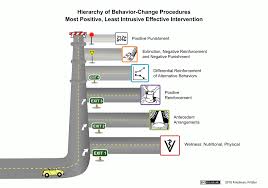Creating a Training Plan
Let’s talk about how trainers come up with a behavior modification training plan. There can be many moving parts involved in a good training plan. Luckily, professional organizations like the CCPDT, APDT and IAABC have created a road map called the Humane Hierarchy. Below is an infographic showing the hierarchy and its steps.
Humane Hierarchy

The first step is to assess physical and nutritional issues that may be causing or influencing behaviors. Alternatively, it could be something within the physical environment that is causing a change in behavior like a new, slippery, or shiny floor. After making sure a client has addressed their concerns with a vet and had a proper checkup, we can move on to assessing environmental issues that could be causing the change.
The next step is arranging antecedents. The antecedent is whatever immediately proceeds the dog’s unwanted behavior. You can make changes to the environment to change or remove whatever precedes the behavior. For example, if your dog is barking at the windows when someone comes by, then we might discuss covering windows, at least during times when you cannot actively train.
Next is using positive reinforcement to reward behaviors that we do like. We can create behaviors by luring our dog to do something. We can click and treat something they have decided to do on their own (capturing). Or we can reward successive approximations to the end goal (shaping).
The fourth intervention is differential reinforcement of alternative behaviors. This means training and reinforcing a behavior that is incompatible with the unwanted behavior. Rewarding four paws on the floor is an incompatible alternative to jumping, so when a guest visits, we can reward our dog for keeping four paws on the floor.
The second to last types of interventions we can use in our training plans are extinction (ignoring a behavior until it goes away), negative reinforcement (taking something away from our dog to increase a desired behavior) and negative punishment (taking something away to decrease an unwanted behavior). Advocates of the hierarchy suggest using these interventions sparingly and only when necessary. Extinction is difficult to predict and can take a lot of time and patience for it to work on its own. Negative reinforcement often uses aversive tools, meaning things your dog finds to be unpleasant. Negative punishment, which I use most out of these three options in the form of removing attention, can be abrupt and startling to your pet.
The last is positive punishment. Advocates of the hierarchy strongly suggest only using punishment or force when all other veterinary and training options have been exhausted. To quote Dr. Susan Friedman, a pioneer in Applied Animal Behavior, “Positive punishment is rarely necessary (or suggested by standards of best practice) when one has the requisite knowledge of behavior change and teaching skills.”
WTF? (What’s the Function?)
When deciding how to approach behavior medication case, we need to ask ourselves, WTF? Or what is the function of the behavior? All behavior serves a purpose. Everything you do every minute of every day serves some sort of function in your life. When we are looking at behavioral concerns instead of looking at whether it is good or bad, we want to look at whether it is functional and what is that function, what is your dog trying to achieve by engaging in this behavior?
Once we have figured out the function or purpose of the behavior, we can then address it by training incompatible behaviors (sitting instead of jumping, grabbing a toy instead of barking, eye contact to “say please,” growling and lunging to create distance) and work to reinforce these appropriate alternatives. Sometimes the function of the behavior is clear, sometimes it is not. This where a professional trainer comes in handy! We are trained to figure out the function of these behaviors and come up with a plan!
This gives you a bit of insight into how trainers come up with effective behavior modification plans! I hope this shines a light on our process and motivations when suggesting interventions for you and your pets.
Would you like help training your dog? Contact us today for a consultation!
Discover more from Educanine Training Services
Subscribe to get the latest posts sent to your email.
